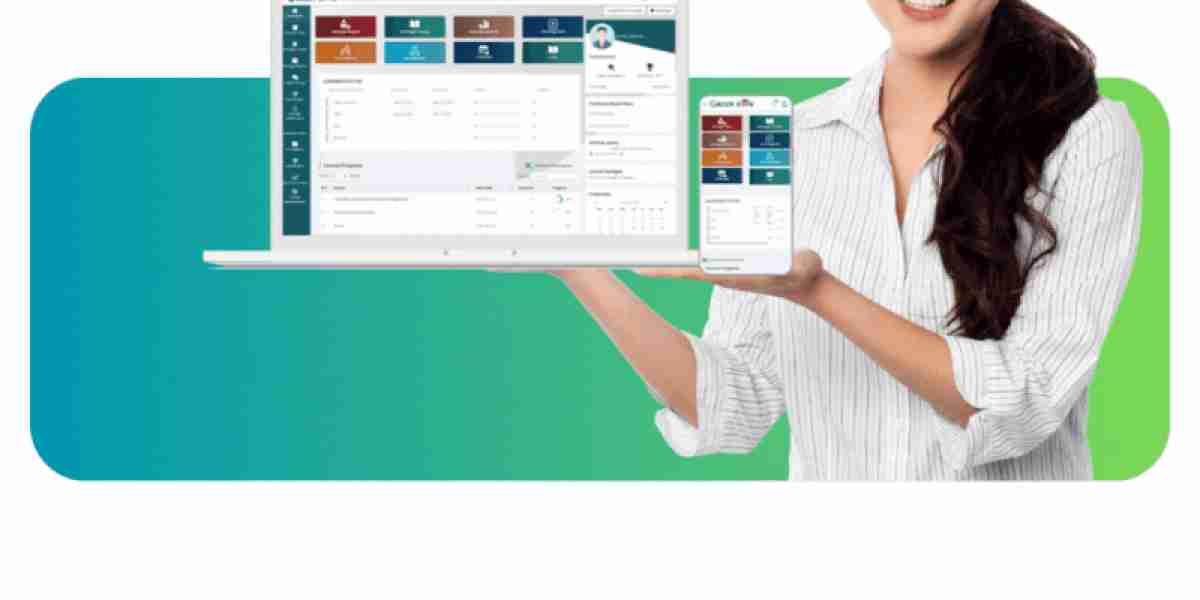In today's fast-paced world, finding the time for education can be a challenge. This is where asynchronous Learning Management Systems comes into play. Unlike traditional classroom or synchronous online learning, where all participants need to be online at the same time, asynchronous learning allows students to access and engage with course materials whenever it's most convenient for them.
Asynchronous learning has become increasingly popular due to its flexibility and the rise in remote work and online education. However, to maximize the benefits of this learning style, both educators and learners must employ effective strategies.
Understanding Asynchronous Learning
Asynchronous learning refers to a learning model where participants access and engage with course materials on their own time, often through an online platform. This includes reading materials, watching videos, completing assignments, and participating in discussion forums.
Benefits of Asynchronous Learning
- Flexibility: Learners can access the materials anytime and anywhere, making it ideal for those with busy schedules or living in different time zones.
- Self-Paced: Learners can progress through the materials at their own pace, taking more time on topics they find challenging and moving quickly through those they find easier.
- Reflection Time: The flexibility to pause, reflect, and revisit materials helps in deeper understanding and retention of information.
- Reduced Pressure: Learners often feel less pressure as they can think about their responses before sharing them with the class.
- Accessibility: It is accessible to a wider audience, including those who cannot participate in synchronous sessions due to geographical, health, or other constraints.
Challenges of Asynchronous Learning
- Lack of Immediate Feedback: In a traditional classroom or synchronous online setting, learners can ask questions and get immediate responses. This is not the case in asynchronous learning.
- Procrastination: The flexibility of asynchronous learning can lead to procrastination, as there is no fixed schedule to follow.
- Sense of Isolation: Lack of real-time interaction can lead to a sense of isolation for some learners.
- Technical Issues: Learners need to have access to a reliable internet connection and a device to participate.
Strategies for Effective Asynchronous Learning
For Educators
Clear Instructions: Provide clear and detailed instructions for all assignments and activities. Make sure learners know exactly what is expected of them and when assignments are due.
- Structured Course Design: Organize the course materials in a logical and structured manner. Use modules or sections to group related content together.
- Engaging Content: Create engaging and interactive content. Use a mix of text, images, videos, and interactive elements to cater to different learning styles.
- Regular Feedback: Provide regular feedback on assignments and activities. This will help learners know how they are doing and what they need to improve.
- Create a Sense of Community: Use discussion forums or group assignments to encourage interaction among learners. This can help reduce the sense of isolation.
- Accessible Content: Make sure all content is accessible to all learners, including those with disabilities.
For Learners
- Create a Schedule: Even though you have the flexibility to access the materials anytime, creating a schedule can help you stay on track and avoid procrastination.
- Active Participation: Actively participate in discussion forums and group assignments. This will help you feel more connected to your peers and the course content.
- Regular Breaks: Take regular breaks to avoid burnout. Use this time to stretch, hydrate, and clear your mind.
- Set Goals: Set specific, measurable, achievable, relevant, and time-bound (SMART) goals for your learning. This will help you stay motivated and focused.
- Seek Feedback: Don’t hesitate to ask for feedback from your instructor or peers. This will help you understand your strengths and areas for improvement.
- Use Additional Resources: Don’t limit yourself to the course materials. Seek out additional resources to deepen your understanding of the topic.
Conclusion
Asynchronous learning offers a flexible and accessible way to learn, making it a valuable option for many learners. However, to make the most of this learning style, it is important to employ effective strategies. By following the strategies outlined above, both educators and learners can create a more effective and enjoyable asynchronous learning experience.
Unlock the Full Potential of Asynchronous Learning with Green LMS
Green LMS is a cloud-based Learning Management System designed to provide a seamless and engaging asynchronous learning experience. By signing up for a free lifetime Business LMS with a limit on users, you can experience the full scope of features that Green LMS provides. Green LMS can be tailored for various applications, including higher , LMS for schools, LMS for businesses, and LMS for corporates, and businesses. Click here for Lifetime Free Green LMS and unlock the full potential of asynchronous learning.







